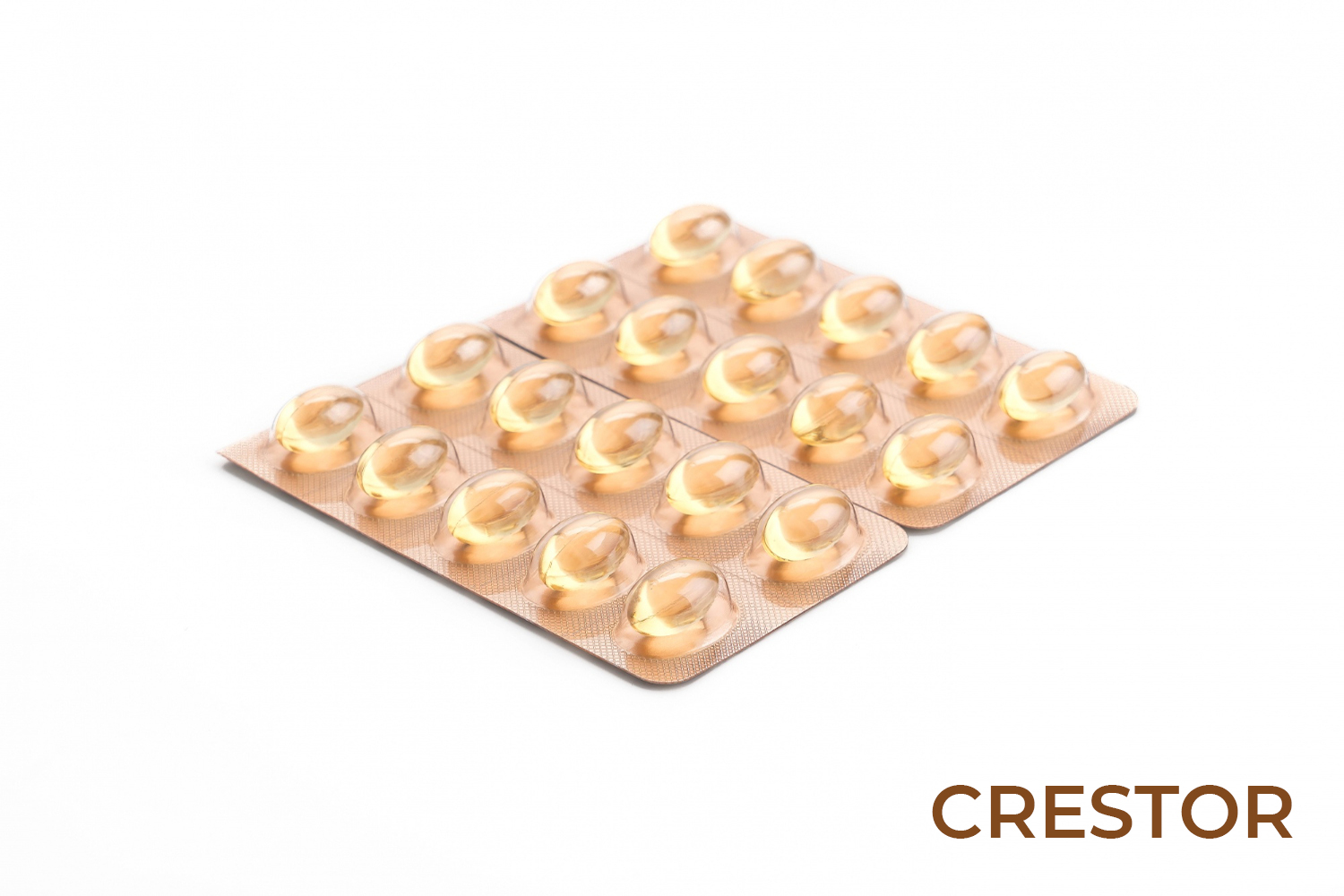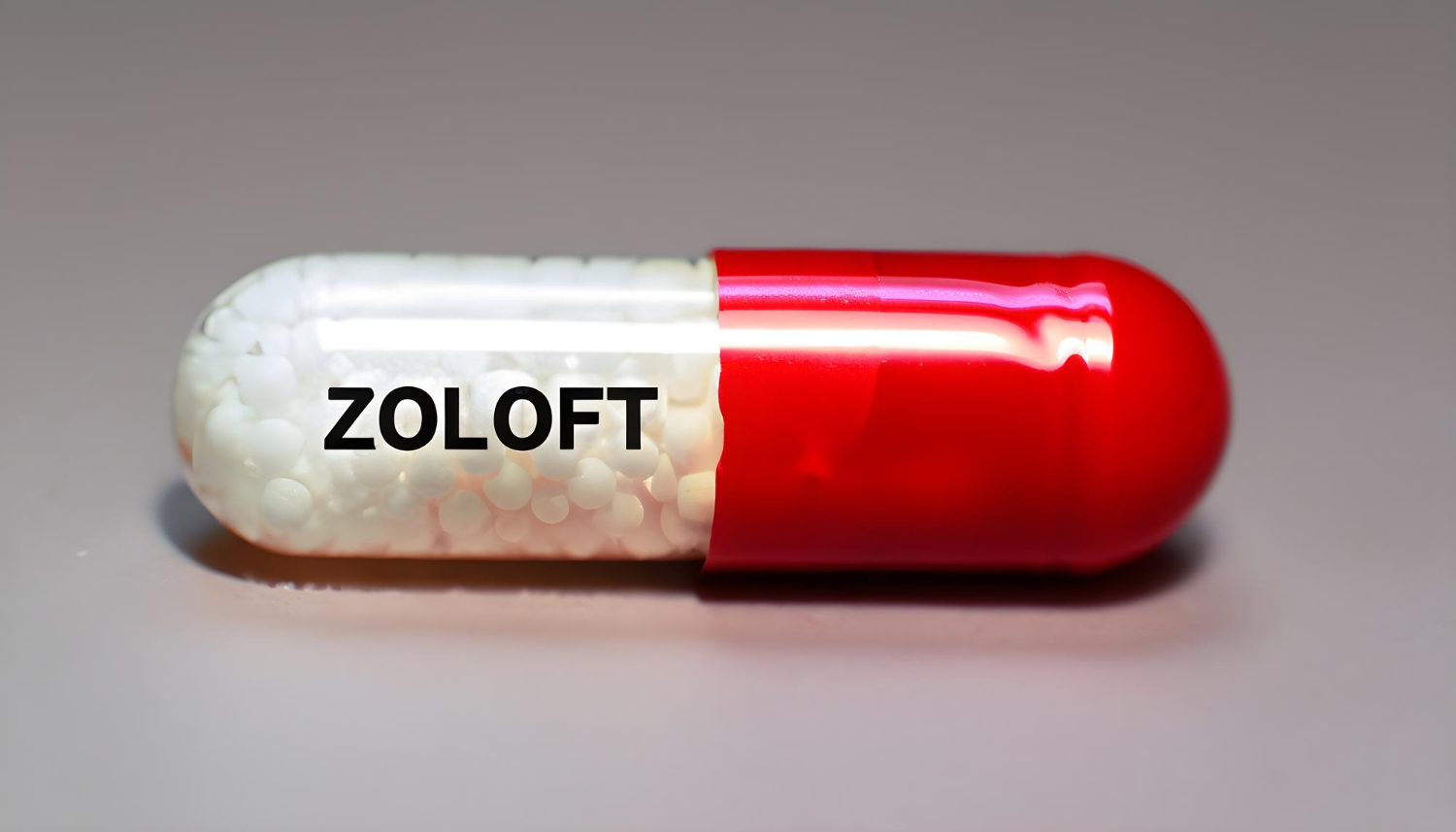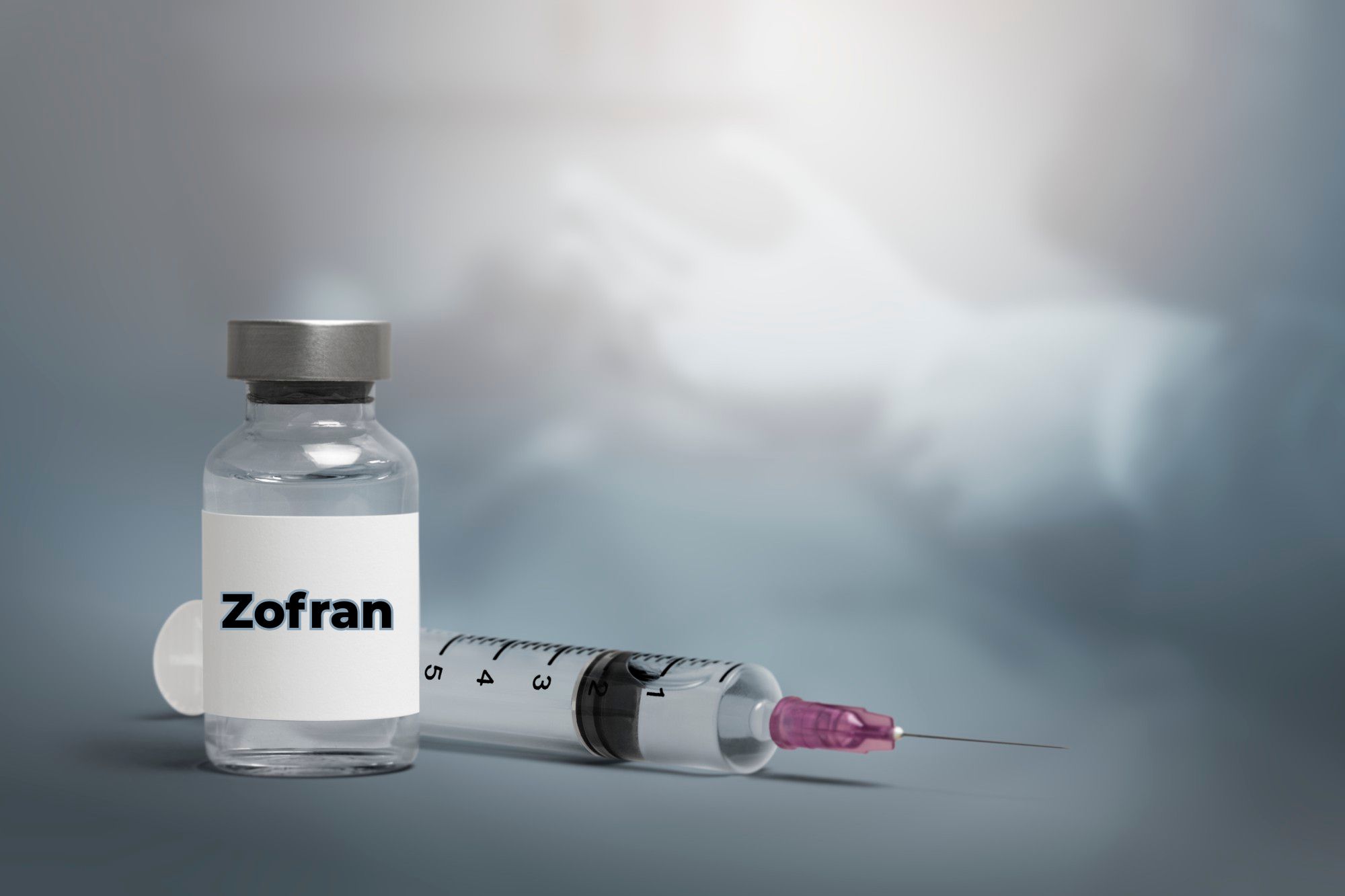This drug is used in combination with exercise and diet to lower cholesterol and triglycerides (types of fat) in the blood and to slow the buildup of plaque (fatty deposits) in the blood vessels.
Crestor use was linked to Rhabdomyolysis which is a rare condition that causes excessive deterioration of muscle tissue. When muscle tissue is broken down, myoglobin is released into the patient's bloodstream. However, excessive myoglobin can cause kidney damage. If left untreated, rhabdomyolysis can cause kidney failure and death.
The dosage of Crestor is simply based on the past medical condition while other factors such as age, race, and response to treatment are also considered. The health care person prescribing this drug should be aware of all the other ongoing medications and supplements of the patient. Asian descent people are more sensitive to the effect of Crestor, therefore they may be advised to start with a moderate dose. Also, if the patient is taking any antiacid, they should take it two hours after consuming this drug, as the presence of aluminium or magnesium in it can reduce the absorption of the medicine.
Crestor works in two ways to reduce cholesterol from the body. The enzyme in the liver is blocked by the drug which results in less formation of cholesterol, simultaneously increases the breakdown of cholesterol present in the blood. It must be noted that most of the cholesterol is made by the liver in the body.
Crestor intake is not appropriate for children under 8 years of age suffering from heterozygous familial hypercholesterolemia. Even children under 7 years of age with homozygous familial hypercholesterolemia should stay away from the cholesterol-controlling drug. Crestor is effective in reducing the risk of chronic diseases like strokes and heart attack in men and women who are above 50 and 60 years of age, respectively.
The most common side effect after the use of Crestor may be muscle breakdown, which can cause kidney damage that can even result in death. The chances of muscle breakdown after intake of Crestor are higher if the patient is older than 65 years of age or has an uncontrollable thyroid problem. Also, a high dose of Crestor is very harmful to the body.
The consumer advocacy group Public Citizen in the year 2004 petitioned the U.S. Food and Drug Administration to issue an alert warning for Crestor and make the announcement to recall the product from the market for safety concerns. The makers of Crestor, AstraZeneca in December that year defended their product by placing out one full-page advertisement in the newspaper.
The FDA stated that the advertisement by AstraZeneca misled the public by giving out false claims which minimize the risk of Crestor. It is also showed Crestor superior to other products. The ads which targeted consumers compared Crestor to statins which are a group of drugs that comprise of cholesterol-lowering drug. Based on results from the 2003 STELLAR study, the comparisons between four statins Crestor, Lipitor, Zocor, and Pravachol were shown.
The FDA stated that the comparison was not authentic and it showed false statements misleading the consumer. The advertisement compared 40 mg of Crestor to the largest dose of Lipitor which is 80 mg. FDA at that time ordered AstraZeneca to stop running the misleading advertisement, however, it also rejected the Public Citizen group petition of recalling Crestor.
Lipitor (Atorvastatin calcium tablets), brought into the market by Pfizer, belongs to a class of drugs called statin and is used for lowering blood cholesterol.
Lipitor (Atorvastatin calcium tablets) was brought into the market by Pfizer. Atorvastatin belongs to a class of drugs called a statin, used for lowering blood cholesterol. The U.S. Food and Drug Administration (FDA) approved Lipitor in 1996. The drug works by blocking HMG-CoA reductase, the enzyme that allows the liver to produce LDL or "bad" cholesterol. It also stabilizes plaque and prevents stroke through its anti-inflammatory and other mechanisms.
Lipitor is prescribed to patients suffering from Dyslipidemia (abnormal amount of lipids like cholesterol and/or fat in the blood) and for the prevention of cardiovascular disease.
Women in menopausal age taking Lipitor may be at a much greater risk for Diabetes because of the hormonal changes.
In February 2012, the FDA made it compulsory for Pfizer and other statin drug companies to add warnings to their drug labels about the risk of liver damage and memory loss along with the risk of increased HbA1c and fasting serum glucose levels. HbA1c and fasting serum glucose levels help determine whether a patient has diabetes.
MDL 2502 consists of more than two thousand cases against Lipitor manufacturer. On January 25, 2016, and later on February 3, 2017, the court gave summary judgment for all Lipitor cases.
On January 26, 2017, and February 8, 2017, the plaintiffs filed notices of appeal before the United States Court of Appeals for the Fourth Circuit regarding.
The Judicial Panel on Multidistrict Litigation since January 4, 2017, has ceased to transfer and consolidate new cases to this multidistrict litigation, which leaves none of the open cases pending in this multidistrict litigation.
June 14, 2018: Pfizer's Wins Appeal: Lipitor Diabetes Litigation Dismissed
The U.S. Court of Appeals for the Fourth Circuit confirmed the dismissal order for all Lipitor diabetes cases passed by U.S. District Judge Richard Gergel in 2017 since there was no reversible error for the decision.
In the dismissal order issued by Judge Gergel, almost all of the plaintiffs’ expert witness testimony was excluded and a motion for summary judgment was filed by the drug maker, arguing that the plaintiffs failed to prove their case without an expert opinion. The plaintiffs appealed the federal court’s decision to dismiss almost 2,000 cases from the MDL, and an opinion was issued by the Fourth Circuit’s three-judge panel on June 12 supporting the lower court's take on Lipitor litigation.
Pfizer’s Lipitor is a cholesterol-lowering drug facing litigation over the risk of Type-2 diabetes in female patients. More than 3,000 women filed product liability cases against Pfizer in the federal court, which were consolidated into a multidistrict litigation ( MDL No.2502; In Re: Lipitor (Atorvastatin Calcium) Marketing, Sales Practices, and Products Liability Litigation (No. II)) in South Carolina
The cholesterol-reducing drug should be strictly avoided during pregnancy as the developing fetus needs cholesterol for development and this drug's main function is to decrease cholesterol production. Lipitor easily enters into breast milk which could thereby harm newborn infant baby. Therefore, when a woman undergoes Lipitor medication, she should not breastfeed.
Crestor & Lipitor usually comes along with side effects which include diarrhea, nausea, constipation, gas, fatigue, heartburn, mild muscle pain, and headache. If patients encounter muscle breakdown, drowsiness, memory problems, yellowing of the skin, or loss of appetite then they should take immediate consultation from their doctor.
Sooner after the U.S. Food and Drug Administration (FDA) alerted consumers in 2012 that Lipitor has risk associated with the development of diabetes, Pfizer had to face several lawsuits from people. The lawsuit was filed by patients who alleged that Pfizer was aware of the serious side effects of this cholesterol-lowering drug, however, they allegedly did not warn the public.
Lipitor was approved by FDA in the year 1996 as a preventive measure against cardiovascular disease that helps lowering cholesterol. Pfizer first presented the drug in February 2012 to treat patients with high blood sugar and who have higher chances to develop diabetes. After the FDA’s Division of Metabolism and Endocrinology Products request, the Lipitor maker had to update the warning label of the drug.
The lawsuits filed by patients have alleged Pfizer of allegedly not disclosing the risk of diabetes with the consumer. Also, the manufacturer has marketed Lipitor as a safe product. The drugmaker was also accused of negligence as they failed to adequately warn patients and healthcare providers about the full range of Lipitor’s health risks.
Lawsuits filed by plaintiffs were consolidated into multidistrict litigation (MDL) and it got centralized in the District of South Carolina for efficient operation and quick settlement. The current MDL was joined by hundreds of more lawsuits, making the litigation count against Pfizer to more than 2,000.
The federal judge who took over the proceedings eventually dismissed most of the cases before going for trial. The judge excluded mostly all of the plaintiff's testimony and stated that the plaintiffs couldn't showcase the evidence in the record which would allow a jury to declare that Lipitor was the major cause of diabetes.
Plaintiffs challenged the decision of the district court. On June 12, 2018, the summary judgment was affirmed by the U.S. Court of Appeals for the Fourth Circuit.
As per the allegation raised by plaintiffs, the original label and prescribing information for the cholesterol-lowering drug printed between December 1996 and February 2012 did not alert patients of any linkage between change in blood sugar levels and Lipitor intake. Also, Pfizer did not warn consumers of the serious risk of type 2 diabetes development while using the cholesterol-lowering drug. Sufficient prescription information about warnings related to drugs is important for ensuring consumer safety.
The increased blood glucose levels and diabetes are chronic conditions that can reduce the significance of a person's quality of life. Pharmaceutical companies need to monitor their medication and communicate with doctors about the usage of their drug. Sometimes, the improper functioning of the drug in the body can lead to hospitalization, critical surgery, and even death. Diabetes can indeed hamper the daily lifestyle of the person and could also make living difficult. Lawsuits filed against Pfizer by patients stated that Lipitor was not that effective in lowering their cholesterol and they had no idea about the side effects like the development of Type 2 diabetes. Neither they were prepared to deal with incurring medical costs and lost livelihood and income caused by Lipitor usage.
In the year 2016, certain cases in the MDL from the court were transferred to certain state courts. Almost 70 lawsuits were remanded to federal courts in California. On February 27, 2017, the Lipitor diabetes MDL of pending claims were dismissed and officially closed and the MDL panel judicial team ordered for a stoppage to transfer and also no MDL to be consolidated to the new one.
The court stated that the cases were dismissed by plaintiffs as they were unable to provide enough evidence that proved Lipitor for the cause of diabetes development. The jury was not able to infer that Lipitor is capable of leading diabetes at 80 mg dosages. Plaintiffs challenged the decision of the court and made an appeal to the U.S. Court of Appeals for the Fourth Circuit. In June 2018, the appeals court affirmed the decision of the district court.
In April 2013, the first motion was centralized to take forward claims. There were considerably fewer claims, and the panel stated that it was disinclined in taking into account the future filling which may be a mere possibility. Also, claims involve common plaintiffs, who were already in the process of being coordinated before one judge. More than half of the pending actions were yet to be resolved in just one district. Therefore, the panel did not go for centralization of the motion at its July 2013 hearing session.
By 2014, there was considerable growth in the number of involved plaintiffs’ firms filing suits against Lipitor. As per the panel, more judges have to be involved to look into the claims and lawsuits. Plaintiffs’ attorneys filed for centralization in a second motion that encompassed 56 actions. In this, the panel was aware of approximately 170 additional related federal Lipitor lawsuit actions pending in around 40 districts and that has to go before 100 different judges. Three state courts were specially allocated to look into Lipitor diabetes lawsuits.
Rosuvastatin, the generic name of Crestor not only leads to severe muscle problems like myopathy that leads to rhabdomyolysis. But it also comes along with complications related to liver problems. When a patient undergoes Crestor medication, the level of liver enzymes might increase in the body which can damage the liver. Get the level of enzyme checked by the doctor to ensure that the drug is not damaging the liver.
Crestor belongs to a class of drugs known as statins. A class of drugs is medications divided into groups that work similarly are used for treating similar conditions.
Crestor might interact with various other medications, herbs, or vitamins which can lead to severe consequences. Hence, patients must consult with their doctor before taking Crestor and give full details about the other drugs they are taking for treatment of different things.
Antacids that contain aluminum or magnesium like aluminum hydroxide and magnesium hydroxide can reduce the amount of rosuvastatin in the blood. This will lead to ineffective functioning of Crestor, and it won’t be able to treat the condition properly. These antacids should be taken two hours after taking Crestor.
Warfarin, a blood thinner should also be avoided with Crestor as it can affect the rate of blood clotting in the body. Other drugs like niacin, gemfibrozil, and fenofibrate should also be avoided when taking Crestor medication as it will lead to the risk of muscle problems. People with Asian ethnic backgrounds, pregnant women, breastfeeding women, and children under the age of 18 years should speak to their doctor before going for Crestor medication.
Patients who sued AstraZeneca, the manufacturer of Crestor, stated that this drug led to diabetes, rhabdomyolysis, and liver damage. Rhabdomyolysis can lead to kidney damage due to muscle injury. The lawsuits filed by plaintiffs claimed that AstraZeneca did not warn the public about the risk associated with Crestor usage and also allegedly did not test the safety aspect. Even FDA in the year 2004 had ordered AstraZeneca to stop running advertisements where they marketed Crestor as a safe product and also misled consumers by stating that their product is superior to other options. Lipitor, Pravachol, and Zocor are the competitors of Crestor which are also used for lowering cholesterol.
Crestor comes in tablet form that varies in shape, color, and size which depends upon the dosage. The daily dosage ranges from 5 mg to 40 mg which can be taken any time, with or without food. The initial dosage is 10 mg to 20 mg every day, however, there are notable exceptions.
In March 2004, the FDA informed the drug manufacturer to update the package with dosage instructions for Asian ancestry patients. The changes updated informed doctors to consider starting dosage for Asian patients at just 5 mg daily.
The drug’s label states studies that prove rosuvastatin levels twice as effective in Asian subjects when compared to Caucasian patients who took the same dosage. Elevated levels can develop the risk of muscular damage.
The label in the drug alerted patients with a known hypersensitivity to the content in the drug that should be avoided. Rosuvastatin is also not ideal for people with active liver disease, pregnant women, or nursing mothers.
The FDA was petitioned by Public Citizens in 2004 and 2005 to recall Crestor. The advocacy organization’s health research group reflected cases of patients who were diagnosed with rhabdomyolysis after taking the drug.
Rhabdomyolysis is a terrible form of muscle damage that can cause permanent kidney damage, death, and even comma.
The FDA was demanded by Public Citizen for the drug to be recalled and thereby prevent further incidents of rhabdomyolysis. The FDA dismissed the petitions, but the agency later ordered AstraZeneca to include warnings to the label of the Crestor about a risk of rhabdomyolysis development with acute renal failure.
Pharmaceutical companies should ensure that they warn the public about risks associated with their drugs, as failure to warn about the risk could deprive consumers of the essential information required to make health decisions. Patients who were under Crestor medication and were diagnosed later with type 2 diabetes stated that adequate warnings could have prevented them from using Crestor. A detailed warning could have also help monitored patients' blood glucose levels to determine whether the drug was hurting them. In simple words, Lipitor consumer says that their injuries could have been avoided.
As per lawsuits, Astra Zeneca promoted Crestor as safe and effective, despite being aware of the risks associated with the increase in blood glucose levels and development of type 2 diabetes. Plaintiffs alleged that Pfizer engaged in misleading marketing where they aggressively made their products safe and superior to other drugs. However, they did not provide patients and their healthcare providers with warnings that could have avoided injuries.
The increased blood glucose levels and diabetes are chronic conditions that can reduce the significance of a person's quality of life. Pharmaceutical companies need to monitor their medication and communicate with doctors about the usage of their drug. Sometimes, the improper functioning of the drug in the body can lead to hospitalization, critical surgery, and even death. Diabetes can indeed hamper the daily lifestyle of the person and could also make living difficult. Lawsuits filed against Pfizer by patients stated that Crestor was not that effective in lowering their cholesterol and they had no idea about the side effects like the development of Type 2 diabetes. Neither they were prepared to deal with incurring medical costs and lost livelihood and income caused by Crestor usage.
Serious Alleged Injuries May Include:
- Memory Loss
- Type 2 Diabetes
- Liver Damage
- Muscle Pain
- Rhabdomyolysis That Can Lead To Kidney Failure And Death
FDA Safety Warnings:
Though Crestor drug is known as the best-selling statin worldwide, it also caused serious complications such as heart problems, muscle damage, and death. In 2005, the manufacturer of Crestor, Astra-Zeneca made a change in a label stating that the drug can cause serious muscle toxicity - the updated label reflected data from studies indicating that Asian people could be at an increased risk of muscle damage. The new label recommended that Asian patients be started on the 5 mg dose.
- The FDA announced a label change in March 2012 to alert the patients about the side effects and possible drug interactions linked to this statin.
- Again, in October 2012, the FDA announced to change Crestor's warning label to make the patients aware of the risk of immune-mediated necrotizing myopathy, an autoimmune myopathy associated with this drug.
Legal Updates:
More than 600 Crestor lawsuits have been filed against AstraZeneca, alleging that the drug can develop Type 2 diabetes in the users, as of August 2017.
Crestor Lawsuit Allegations Against The Company:
- Failed to warn users of dangers
- Knew or should have known of risks
- Designed defective or dangerous product
- Failed to properly test the safety of Crestor
- Engaged in false or deceptive marketing of Crestor
- Concealed information about the safety of the drug
Evidence:
- Usage Of Crestor And Other Statins In Pharmacy Records.
- Duration Of Usage
- Proof Of Injury And Treatment Provided For Injuries
Medical Record Review and claim validation of Crestor case should take approximately 3 hours in most instances; however, this approximation may vary in cases based on the volume of records.




